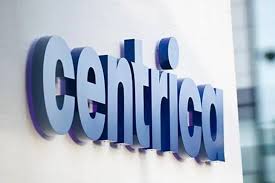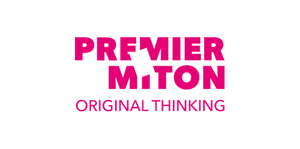Owens & Minor, Inc. (NYSE: OMI), a venerable name in the healthcare sector with roots dating back to 1882, presents a complex yet intriguing case for investors. With a current market cap of $497.99 million, this U.S.-based medical distribution company operates through two primary segments: Products & Healthcare Services and Patient Direct. These segments deliver a broad array of medical and surgical supplies, along with services such as supplier management and home-based healthcare solutions.
Currently trading at $6.50, Owens & Minor’s stock has experienced significant volatility over the past year, with a 52-week range between $6.22 and $17.67. This price fluctuation reflects broader market uncertainties and specific challenges faced by the company. Despite this, the stock is garnering attention due to its forward P/E ratio of 3.31, indicating potential undervaluation compared to peers in the healthcare distribution industry.
One of the standout figures for OMI is the potential upside of 50%, as indicated by analyst ratings. The average target price of $9.75 underscores this potential, with price targets ranging from $7.00 to $13.00. Analysts are mixed in their sentiment, with a balanced distribution of buy, hold, and sell ratings. This ambivalence highlights the risks and opportunities present in the current market climate for Owens & Minor.
Performance metrics paint a challenging picture. The company reported a modest revenue growth of 0.70%, but its earnings per share (EPS) of -$4.76 and a return on equity of -49.91% signal significant profitability concerns. Additionally, technical indicators suggest caution; the stock’s 50-day and 200-day moving averages are $7.55 and $11.64, respectively, indicating a bearish trend. The Relative Strength Index (RSI) of 43.70 and a negative MACD further suggest that the stock is currently in oversold territory.
On a brighter note, Owens & Minor boasts a substantial free cash flow of approximately $134 million, providing the company with financial flexibility to navigate its challenges. However, the absence of a dividend yield and payout ratio reflects the company’s current focus on reinvestment and stabilization rather than shareholder returns.
For investors considering Owens & Minor, the decision hinges on weighing the potential upside against the evident risks. The company’s strategic focus on diversifying through its Patient Direct segment, which capitalizes on the growing trend of home healthcare, could be a long-term growth driver. Nevertheless, the path to profitability remains fraught with challenges, and investors need to monitor the company’s ability to improve its financial performance and leverage its free cash flow effectively.
Owens & Minor’s storied history and strategic positioning within the healthcare sector offer a compelling narrative for investors. However, the current investment thesis requires a balanced view of its potential upside, market volatility, and ongoing operational challenges. Investors with a high-risk tolerance and a keen eye on the healthcare distribution landscape may find value in OMI, provided they keep a close watch on the company’s financial health and market dynamics.









































